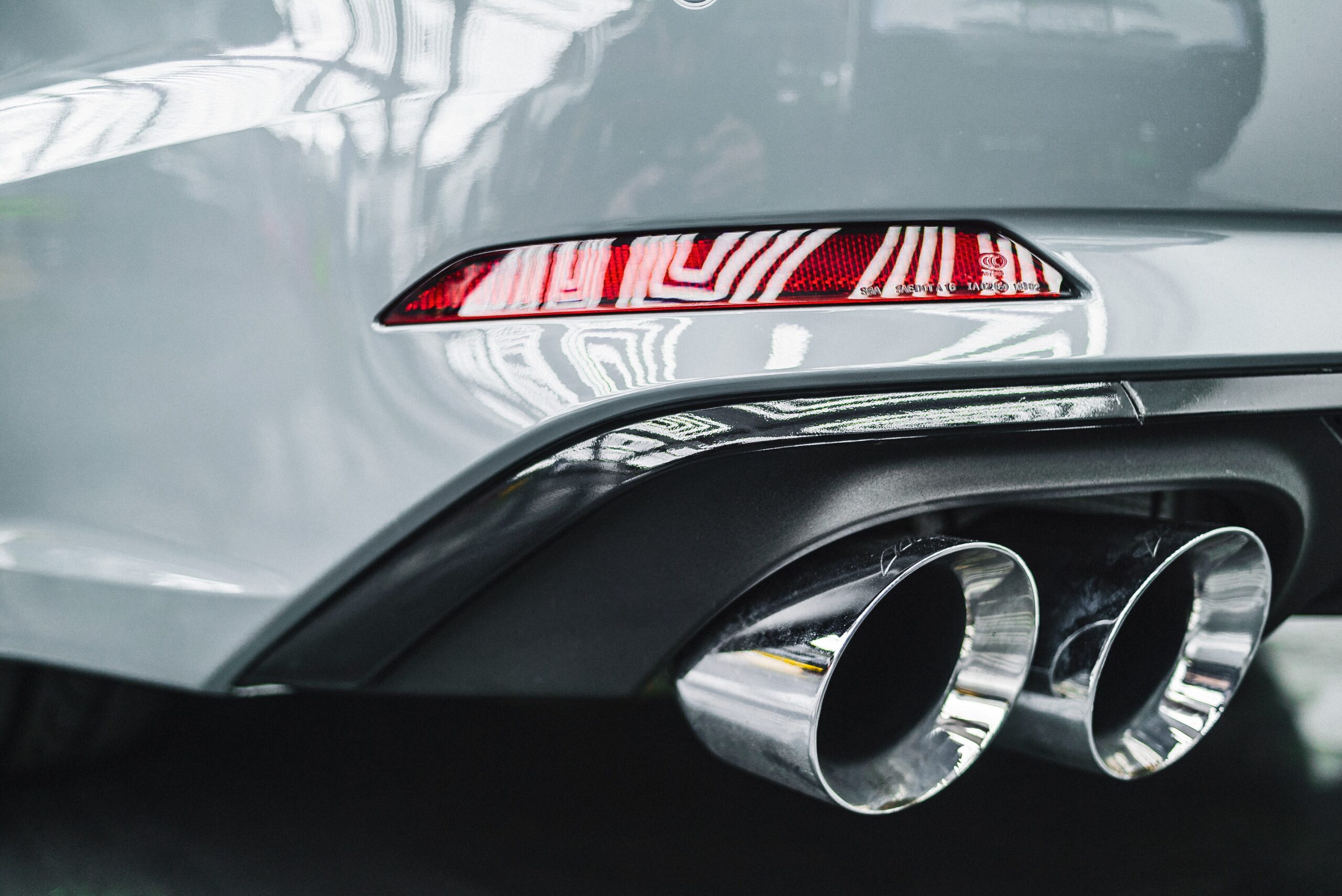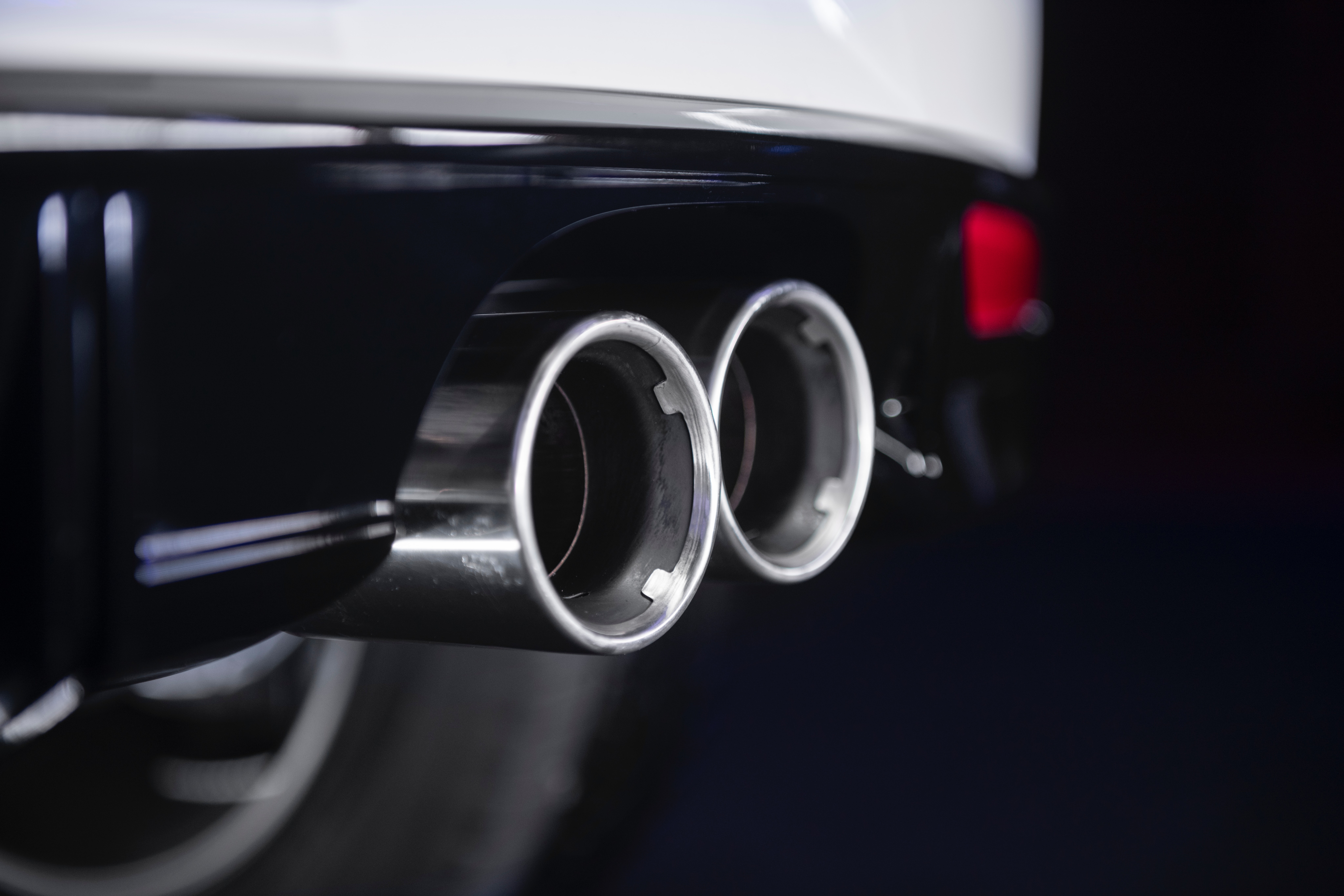A muffler, which is also called a silencer, is a part of a car’s exhaust system that is meant to cut down on the noise made by the engine as it lets out exhaust gases. The muffler does this by dampening the sound waves made by the engine with a number of chambers, baffles, and materials that absorb sound. In addition to reducing noise pollution, mufflers can also improve the overall performance of the engine by ensuring that all of the exhaust gases are properly released and by reducing emissions. Modern cars can’t work without mufflers, which are needed by law in most countries to cut down on noise pollution.
Functions of a Car Muffler
A. Reduces engine noise
A car muffler is intended to reduce engine noise produced by the combustion process. The muffler works by constructing a system of chambers and baffles through which the exhaust gases travel. As the gases move through these chambers and baffles, they are diverted and bounced about, canceling out the sound waves.
The basic idea of a muffler is that it converts high-pressure, high-velocity exhaust gases into low-pressure, low-velocity gases. This is accomplished through a mixture of absorption, reflection, and interference.
The design of the muffler is critical to its effectiveness. Mufflers are typically composed of several chambers that contain perforated tubes or baffles. The engine’s sound waves flow through the perforations or openings and are absorbed by the muffler’s sound-absorbing substance. The baffles also reflect the sound waves back towards the source, generating interference that cancels out the sound.
Some mufflers also include resonators, which are additional chambers tuned to specific frequencies to cancel out certain engine sounds. Furthermore, some mufflers use a straight-through design, in which the exhaust gases flow through a perforated tube surrounded by sound-absorbing material.
As a result, a car muffler is a vital component for decreasing engine noise and improving the driving experience. However, it’s crucial to know that mufflers come in a variety of styles and might vary in effectiveness depending on the make and model of the vehicle.
B. Reduces harmful emission from cars
Cars emit toxic pollutants such as carbon monoxide, nitrogen oxides, and particulate matter, which can harm the environment and human health. Modern automobiles are outfitted with a range of emission control devices to help decrease harmful emissions.
The catalytic converter is one of the most essential emission control systems in automobiles. The catalytic converter is a device put in a car’s exhaust system that converts dangerous emissions into less harmful ones. A chemical reaction occurs inside the converter, converting toxic gases such as carbon monoxide, nitrogen oxides, and hydrocarbons into less damaging gases such as carbon dioxide, nitrogen, and water vapor.
Modern cars, in addition to the catalytic converter, include electronic fuel injection systems, which monitor and modify the fuel-air combination to guarantee that the engine works effectively and releases fewer pollutants. Exhaust gas recirculation systems are also used in some vehicles to lower the amount of nitrogen oxides produced by the engine.
Reducing harmful emissions from cars is important for environmental and human health protection. In order to achieve this goal, emission control technologies like as catalytic converters, electronic fuel injection systems, and exhaust gas recirculation systems must be used.
C. Improves engine performance
Some high-performance mufflers can increase engine performance indirectly by lowering backpressure in the exhaust system.
Backpressure is the resistance to the passage of exhaust gases from the engine induced by exhaust system constraints such as the muffler. High-performance mufflers are designed to reduce backpressure by allowing exhaust gases to exit the engine more easily. This can increase horsepower and torque by reducing engine load and boosting combustion process efficiency.
Furthermore, certain performance mufflers include bigger and smoother internal passageways to improve exhaust gas flow and reduce turbulence, which can boost engine performance. These mufflers are often composed of high-quality materials, such as stainless steel, and are more durable than factory mufflers.
Types of Car Mufflers
A. Straight-through mufflers
Straight-through mufflers, also called glasspacks or straight-through exhausts, are a type of speed muffler with a simple design: a straight tube with sound-absorbing material wrapped around it. Straight-through mufflers don’t use chambers or holes to reduce noise like other mufflers do. Instead, they let exhaust gases move more freely, which can improve engine performance and power output.
Straight-through mufflers usually use fiberglass or steel wool to absorb and quiet down the noise of the exhaust as it runs through the tube. This design also gives the exhaust a unique sound that is much louder than other types of mufflers. This makes them a popular choice for people who are interested in performance.
Straight-through mufflers, on the other hand, can be more restrictive than other types of mufflers because their width is smaller and their length is longer. This can slow the flow of exhaust and lower the power output. Also, their louder exhaust sound may make them illegal to drive on the street in some places. Overall, straight-through mufflers are a good choice for people who want maximum performance and a loud exhaust note. However, they might not be the best choice for people who want to lower exhaust noise or keep it at a level that is street-legal.
B. Chambered mufflers
Chambered mufflers are a type of exhaust muffler that uses a number of internal chambers and baffles to reduce exhaust noise. Chambered mufflers can look different based on the brand and model, but the way they work is the same. As the exhaust gases move through the muffler, they are sent through a number of chambers with perforated tubes or baffles that reflect and absorb sound waves. This design slows down the car and cuts down on the amount of waste gas, which in turn makes the car quieter.
Chambered mufflers can improve engine speed by reducing back-pressure and letting exhaust gases flow more smoothly. They also make a quieter exhaust sound than straight-through mufflers, which can be loud and harsh. Chambered mufflers are a good way to cut down on exhaust noise without hurting the engine’s performance or making the exhaust sound less pleasant.
But chambered mufflers might not improve speed as much as straight-through mufflers or turbo mufflers. They may also be less open than other types of mufflers, which can slightly lower the amount of power they can put out.
Chambered mufflers are a great choice for people who want a good mix between performance and sound, which is why many car owners choose them.
C. Turbo mufflers
Turbo mufflers are a type of speed muffler that use a unique design to cut down on exhaust noise and improve engine performance. People also call them “turbo-style” or “turbo tube” mufflers. Most turbo mufflers are round or oval, and they are made of a number of tubes, chambers, and sound-absorbing materials, like fiberglass or steel wool.
The way turbo mufflers are made lets exhaust gases flow more freely, which lowers the amount of back pressure in the exhaust system. This decrease in back-pressure can make the engine run better and make it make more power. Also, turbo mufflers can cut down on exhaust noise by reflecting and collecting sound waves. This makes the exhaust sound smoother.
Turbo mufflers are a popular choice for car fans who want to make their cars sound better and run better. They improve the power and efficiency of the engine, lower the noise of the exhaust, and come in a variety of styles to meet different performance needs and tastes.
Components of a Car Muffler
A. Perforator
A perforator, also known as a perforated tube, is a component used in muffler construction. It is made up of a metal tube perforated with a succession of small holes or slots.
The perforator is normally located at the muffler’s entry and serves to redirect the flow of exhaust gases, allowing them to pass through the holes or slots and into the muffler’s body. The exhaust gases create a succession of sound waves as they pass through the perforations, which are reflected and absorbed by the muffler’s internal chambers and baffles, decreasing engine noise.
Perforators come in a range of forms and sizes, with varying hole designs and spacing to produce varying degrees of sound suppression. They play a significant role in the design of mufflers, collaborating with other components to provide excellent noise reduction while also enhancing engine efficiency.
B. Resonator chamber
A resonator chamber is a component that is occasionally used in automobile exhaust systems to minimize noise. It is essentially an expansion chamber installed in the exhaust system to provide a specific acoustic frequency that cancels out certain engine sound waves.
The resonator chamber is normally situated between the exhaust manifold and the muffler and is built of steel or another strong material. It is intended to produce a resonance that cancels out specific sound frequencies, lowering the overall level of exhaust noise.
The resonator chamber’s specific design and size might vary based on the vehicle and the desired amount of noise reduction. In general, a bigger resonator chamber produces a lower frequency sound wave, whereas a smaller resonator chamber produces a higher frequency sound wave.
Resonator chambers can aid increase engine performance by reducing backpressure in the exhaust system, in addition to reducing exhaust noise. Resonator chambers can help to boost the horsepower and torque output of an engine by allowing exhaust gases to flow more freely through the exhaust system.
Thus, resonator chambers are a good approach to reduce exhaust noise while also improving engine performance. They are frequently used in conjunction with other exhaust system components, such as mufflers and catalytic converters, to produce a balanced system that matches the vehicle’s and driver’s individual needs.
Conclusion
Mufflers are important parts of a vehicle’s exhaust system that benefit both the driver and the environment. Straight-through, chambered, and turbo-style mufflers are all types of mufflers, each having their own set of characteristics and benefits. Because of their simple construction and fast flow rates, straight-through mufflers are perfect for high-performance automobiles. Chambered mufflers are more complicated and reduce noise better, making them perfect for luxury and sports cars. Turbo-style mufflers are similar to chambered mufflers, but they contain an additional resonator that further suppresses noise.
The type of muffler chosen for a vehicle is influenced by several factors, including the vehicle’s performance requirements, sound reduction needs, and budget. However, no matter what type of muffler is used, all mufflers have the same purpose: to reduce noise, increase engine performance, and minimize harmful emissions. As a result, mufflers are an important part of any vehicle’s exhaust system, helping to protect the environment, increase driver comfort, and improve vehicle performance.



